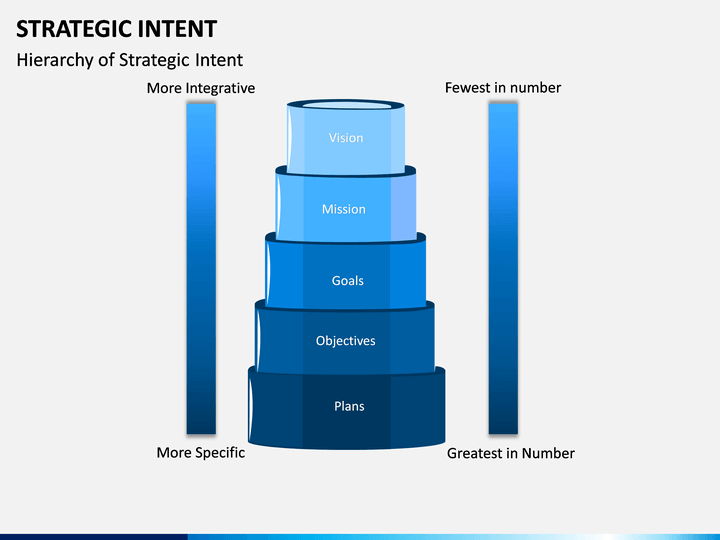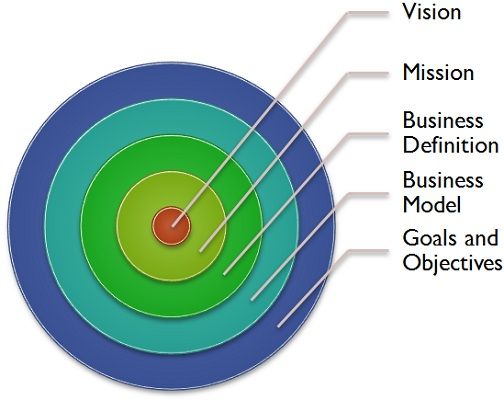
Strategic Intent: Definition and Meaning
The term “strategic intent” refers to the predetermined future state that the organisation intends to achieve within a certain time frame.
Gary Hamel and C.K. Prahalad are credited with popularising the phrase “strategic purpose.” They described strategic intent as an organization’s purpose for being and the goals it seeks to accomplish. It displays an organization’s principles and ideals.
The organisation should follow particular paths in order to attain a certain future state and specific goals. These goals may be long-term or short-term in nature. The short-term aims are focused narrowly whereas the long-term ends have a wide emphasis.
It is crucial for every employee to comprehend the strategic objective for an organisation to function effectively. Therefore, the strategic aim should be both realistic and clear.
The three interrelated key concepts that answer the question are, in the words of Burgelman and Grove, “strategic dissonance (misalignment between a firm’s strategic intent and strategic action), strategic inflection point (the switch from one winning strategy into another), and strategic recognition (the ability of top managers to recognize the strategic importance of managerial initiatives after they have arisen but before unambiguous environmental feedback is available).”
As stated by Prahalad and Doz, “Long-term objectives and aspirations are referred to as intentions rather than disinterested plans. To pursue objectives that are impossible to prepare for, one must have a strategic purpose. That perspective (strategic purpose) must be distinguished from strategic planning or plans. A company may achieve long-term objectives by using strategic purpose to meticulously create layers of competitive advantage “.
“Strategic intent” is defined by Lovas and Ghoshal as long-term objectives that represent the desired future position of the company as expressed by its senior management.
It is crucial to keep in mind that everyone in the organisation should share the strategic objective. Another name for it is “collective awareness,” which denotes a goal that all of the personnel share. The wide mutual aim is attained by following the route that is indicated by the strategic purpose.
Hierarchy of Strategic Intent

According to the hierarchy of strategic purpose, the following components are present:
Vision
Mission
Purpose
Commercial Definition
Goals
Objectives
The components of the strategic intent assist to align the resources and ideas in a certain direction. These components serve as both starting places and different level milestones.
These components serve as the framework for organizing and managing activities. Additionally, strategic purpose offers a path and guarantees that all efforts result in advancement for the whole organization.
All stakeholders should be adequately informed of the company’s strategic aim to increase their confidence in the company’s services and its capacity to dominate a certain market sector.
Related Topics: